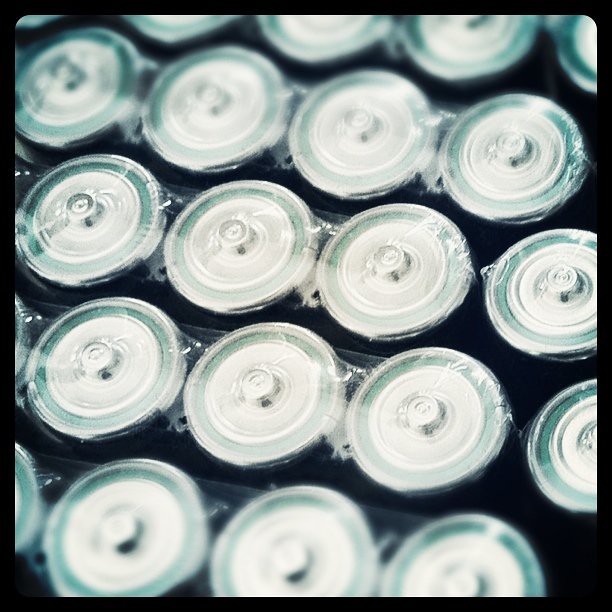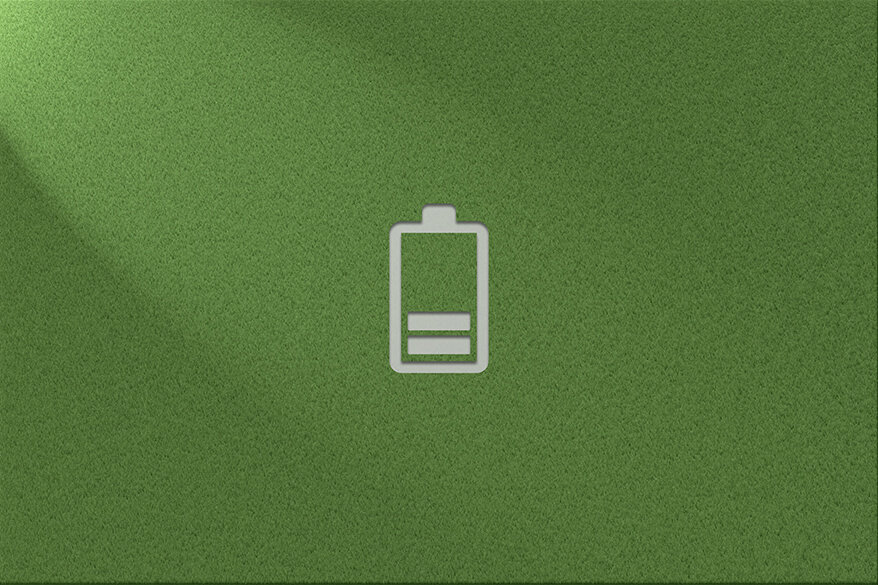What Is a Car Battery? – Voltage and Charger
Feb 26, 2022 Pageview:1478
Batteries are one of the most important components of modern batteries. There are specific types of gas/diesel cars and electric cars.
All batteries use the exact mechanism of operation. They may differ in their design and construction, but they perform the same function.
The primary function of a battery in a car engine is well-known. A vehicle cannot start without it.
Apart from the starter motor, other components like the spark plug, glow plugs, lights, and electronics require electrical power. It all comes from the battery.
We all know that, right? But what else do you know about your car battery? What materials are the components made of? And why do they use those specific materials?
Many people who use batteries don't know about any of this. And yet it can be an important factor when making purchasing decisions.
We shall be discussing more on this topic here.
What Is a Car Battery Made Of?
Many drivers don't even know how heavy a battery is. They just take it as part of the car's weight. Try buying a new battery and carrying it. That's when you will discover its weight.
A car battery can weigh between 10.5 and 30kgs. And it's all because of the lead-acid plates within its cells.
With that in mind, we can discover together what car batteries are made of.
Components
Car batteries store energy in chemical form. The most common type is the flooded lead-acid battery.
Batteries contain lead on the anode and lead oxide on the cathode. They are submerged into an electrolyte made of sulfuric acid, commonly called battery acid.
Each cell carries 2.1 volts, and there are six cells in total. So a 12V battery can potentially give 12.6V at SOC.
Some battery technologies don't use a liquid electrolyte. A good example is the Absorbed Glass Mat (AGM) batteries. They feature a gel electrolyte held in fiberglass mats.
Lead-acid batteries have been used in cars since 1860. They have powered the broadest range of cars. The batteries are pretty heavy, and their technology is ancient. But improvements have been made every day to make them perform better.
Let'sLet's look at what makes each component:
Positive Electrode
On your car battery, the terminal with a + sign is positive. It'sIt's also called the cathode. It contains two parts:
- Positive plate: The positively charged plate in lead-acid batteries. This is the active material consisting of lead oxide (Pb02. It is immersed in sulfuric acid.
- Positive grid: Another component is the positive grid. This part contains a lead alloy. It's used to hold the active material and serve as a current collector.
Negative Electrode
The negative electrode is also called the anode on the other side of the cathode. This is the terminal that contains negatively charged electrons. The anode is made of:
- Negative plate: This is the negatively charged plate (the active material). It's made of pure lead (Pb), also inside an electrolyte.
- Negative grid: Like the positive grid, this component is also comprised of a lead alloy. It's also a current collector.
Separator
The electrolyte carries different and opposing charges. It would cause serious damage if they were to meet.
A separator is used to set them apart. This part is made up of a non-conductive material. It keeps your battery safe, ensuring only the right chemical reactions happen.

The Electrolyte
We have mentioned electrolytes several times already. You must be wondering what it means.
The electrolyte is the liquid inside a battery, which holds the electrodes. It's made from sulfuric acid (H2SO4) and distilled water. In simple terms, it's battery acid and battery water.
In traditional batteries, the electrolyte is in liquid form. Also, enhanced EFB uses the same technology.
They are also known as wet batteries.
Modern batteries use gel form electrolytes. An example is the glass mat (AGM) batteries. They are also called dry-cell batteries.
Cells in a Car Battery
The positive plate comprises several positive electrodes, while several negative electrodes make up the negative plate.
Positive and negative plates together form a plate block. This is what you call a battery cell.
Classic starter batteries have 6 cells in a series connection. The nominal voltage of each cell is 2v. And that is why we have a 12V battery in a car. When fully charged, a car battery can show 12.72V.
When buying batteries, sometimes it's good to look at the size. A larger battery will contain more plates, forming a larger surface. That will also mean a large cold crank amperage from the battery. However, fewer cells with thicker plates can serve the same purpose.
All internal components are held inside a casing made from acid-resistant plastic. The cover is closed with a labyrinth system in an SLI battery, preventing the acid from escaping.
It also separates liquid from the gas.
Chemical Components
A car battery stores energy in chemical form. It's converted into electrical energy when the battery is in use. Four materials that react with each other during the electrochemical reaction are:

Hydrogen
Oxygen
Lead
Sulfur
What Is a Car Battery Voltage?
A car battery is rated a 12-volt battery. This is the battery's voltage, which can range between 12.6 and 14.4 volts.
When the engine is off, a fully charged battery measures 12.6v. This is the ''resting voltage'' of the battery.
When you turn on the engine, the voltage rises to 13.5 or 14.5 volts, or somewhere between. It's the alternator that boosts the voltage to such a high level.
Voltage is simply the electrical energy required to start and run your car. A dead battery will not have this power.
What Is a Car Battery Charger?
A car battery charger is just like that charger you use for your cellphone or laptop. It's a device plugged into an electrical outlet and connected to the battery terminals. It provides consistent power flow to recharge or maintain a car battery.
A 12-V DC type charger is required for the car battery. It also needs special cables to keep the right current flowing through.
- Prev Article: What Is a Battery Terminal – Introduction, Test, and Making
- Next Article: What does a Battery Load test Determine?
Leave Message
Hottest Categories
-
Hottest Industry News
-
Latest Industry News










